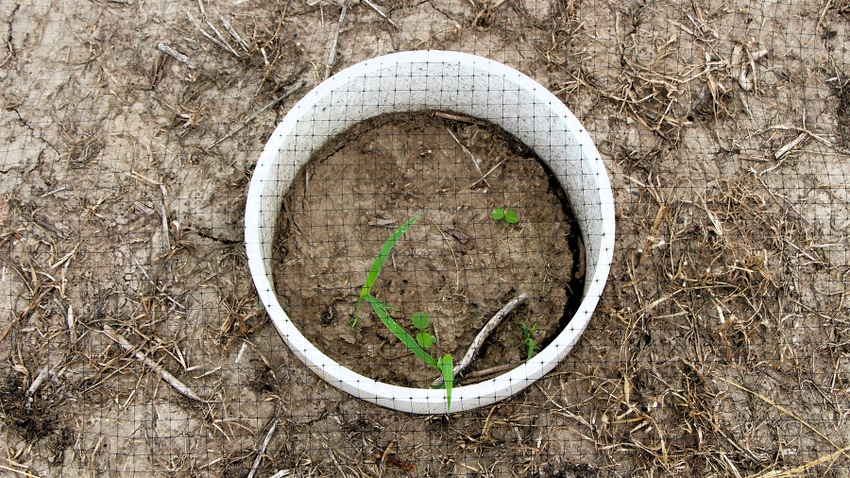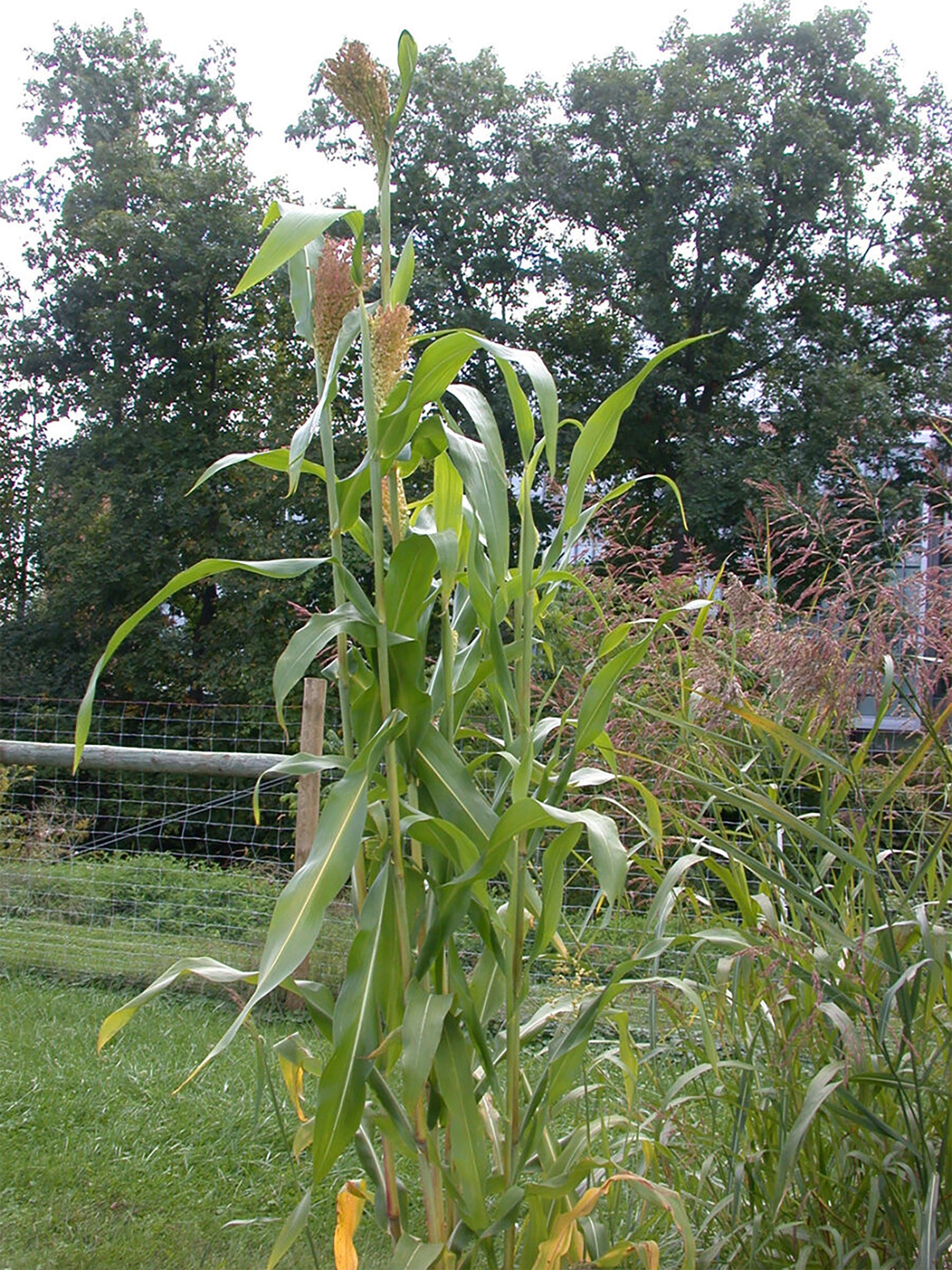
At a Glance
- An uptick in shattercane in corn prompts university research.
- Early results show emergence after herbicide application.
- Treating early will help reduce yield losses from shattercane.
Midwest farmers are experiencing an increase of shattercane in cornfields, and the University of Missouri is looking at why.
Typically, a farmer’s last post-herbicide application to control weeds is around mid-June. However, a two-year study by MU doctoral candidate Emma Gaither found shattercane continuing to emerge past the point of residual herbicide control in fields across Missouri and even into Illinois.
One explanation could be emergence timing, the other herbicide resistance.
Studying biotypes of shattercane
Gaither leads the project, which started in 2022 with the collection of shattercane biotypes from Missouri and western Illinois.
These 50 seed populations were whittled down to the top five deemed most geographically distinct to the study. They included seeds from western Illinois, the Missouri Bootheel, southwest and northwest Missouri, and MU’s Bradford Research Farm.
From those five groups, Gaither scarified half of the seeds in an attempt to break dormancy and see increased emergence. The remaining were left untouched. She divided them into groups of 500 seeds.

STANDING TALL: Shattercane looks like johnsongrass and grain sorghum. It can reach heights of 8 feet if left unchecked.
In spring 2022, she pounded a 10-inch PVC pipe into the ground and planted 500 seeds in each circular space. Every week, Gaither and other graduate students counted shattercane plant emergence. They also monitored soil moisture and temperature.
Results show shattercane emergence
First-year data found that with a last herbicide pass in mid-June, the residual protection runs out.
“We had emergence of shattercane into September,” Gaither told a group of farmers and ag industry professionals during the MU Pest Management Field Day in June.
She added that moisture, whether rain or soil moisture, fosters emergence. This is why in low spots in fields, along the edges or near a riser where the corn canopy isn’t good enough to choke out weeds, shattercane will take advantage of the situation. It grows and sets seeds quickly, Gaither explained. Maturity from emergence to viable seed production can take up to three weeks.
“If you’re not harvesting your corn until mid-to-late September, and you’ve got viable shattercane, there should be enough time for it to complete maturity,” says Reid Smeda, MU Plant Science and Technology professor, who oversees graduate student work. Gaither noted that about 80% of those seeds are viable.
“If that seed gets to the point where it can deposit into the soil seed bank,” she said, “now you have a shattercane problem for multiple years because of that seed depositing.”

FIELD TRIALS: PVC pipes dot the landscape at MU’s Bradford Research Farm for the shattercane trial. Other trial locations include MU’s Center for Agroforestry.
Differences in emergence across population came from the maturity of the seed when harvested, Gaither concludes. “But all these bio types, regardless of that viability variability, follow that same pattern of emergence, where shattercane is going to be a problem late in the season, when you think you’re done with weed control, shattercane can still become a problem in your field.”
Herbicide control issues
Shattercane is an annual that can grow to heights of 8 feet, and if left unchecked in a cornfield, it robs corn plants of nitrogen and ultimately reduces yield.
A 1999-2000 MU study, “Influence of shattercane interference on corn yield and nitrogen accumulation” by Sarah Hans and William Johnson, showed yield reductions occurred when shattercane remained with corn until it was just 31 centimeters tall. Ultimately, season-long shattercane interference resulted in an 85% corn yield loss in 1999 and 43% in 2000.
Certain biotypes of shattercane currently are resistant to Group 2 herbicides in the U.S. Gaither said MU is also screening shattercane for resistance to commonly used grass herbicides to see if herbicide resistance is another reason why there are greater shattercane populations through the Midwest.
The study findings will be available by next year. The results may be used to research methods to control shattercane throughout the growing season.
About the Author(s)
You May Also Like






